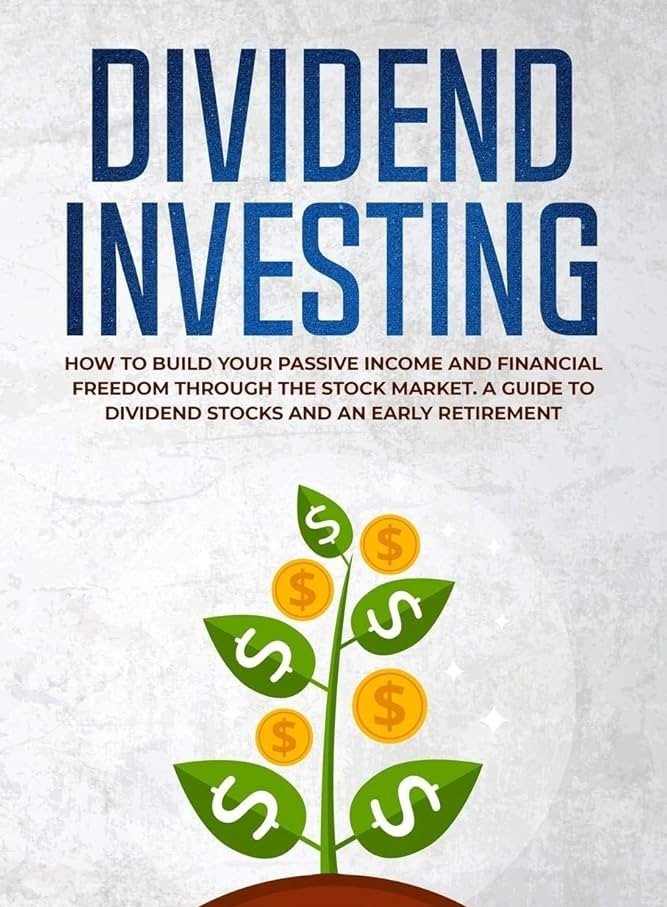
Dividend Investing Guide: Creating a Passive Income Stream with Dividend Stocks
Investing in dividend stocks is a proven strategy for generating passive income while growing wealth over time. By selecting reliable dividend-paying companies, investors can enjoy regular income without having to sell their assets. This guide outlines the key aspects of dividend investing, including its benefits, how to select stocks, strategies for maximizing returns, and tax considerations.
1. Understanding Dividend Investing
Dividend investing involves purchasing stocks that distribute a portion of their earnings to shareholders in the form of dividends. These payments can be reinvested to compound returns or used as a steady income stream.
2. Benefits of Dividend Investing
- Passive Income: Receive regular cash payouts without needing to sell stocks.
- Wealth Growth: Reinvesting dividends allows for compounding over time.
- Lower Volatility: Dividend-paying stocks tend to be more stable than non-dividend stocks.
- Hedge Against Inflation: Dividend growth helps maintain purchasing power over time.
3. How to Select Dividend Stocks
- Dividend Yield: The percentage of a company’s stock price paid as dividends. A sustainable yield is typically between 2% and 6%.
- Dividend Growth Rate: Look for companies with a history of increasing dividends.
- Payout Ratio: The percentage of earnings paid as dividends. A ratio under 60% is generally considered healthy.
- Strong Financials: Focus on companies with consistent revenue, strong cash flow, and low debt levels.
- Dividend Aristocrats & Kings: Companies that have consistently increased dividends for at least 25 (Aristocrats) or 50 (Kings) years.
4. Strategies for Dividend Investing
- Dividend Reinvestment Plan (DRIP): Automatically reinvest dividends to purchase more shares.
- Diversification: Hold a mix of dividend stocks across sectors to reduce risk.
- Buy and Hold: Long-term investment allows dividends to compound over time.
- High-Yield vs. Dividend Growth: Balance between high dividend yield stocks and those with strong dividend growth potential.
5. Tax Considerations
- Qualified vs. Non-Qualified Dividends: Qualified dividends receive favorable tax rates, while non-qualified dividends are taxed as ordinary income.
- Tax-Advantaged Accounts: Holding dividend stocks in IRAs or 401(k)s can defer or eliminate taxes on dividends.
- Dividend Taxes by Country: Be aware of different tax treatments based on location.
6. Building a Dividend Portfolio
- Start with Blue-Chip Companies: Invest in well-established firms with a strong dividend history.
- Use ETFs and Mutual Funds: Consider dividend-focused funds for instant diversification.
- Monitor and Adjust: Regularly review your portfolio to ensure continued performance and dividend growth.
- Reinvest for Growth: Use DRIPs to maximize compounding over the years.
Conclusion
Dividend investing offers an effective way to build a passive income stream and long-term wealth. By selecting high-quality dividend-paying companies and reinvesting earnings, investors can achieve financial stability and security. Whether supplementing income or preparing for retirement, a well-structured dividend portfolio can be a key component of a sound financial strategy.